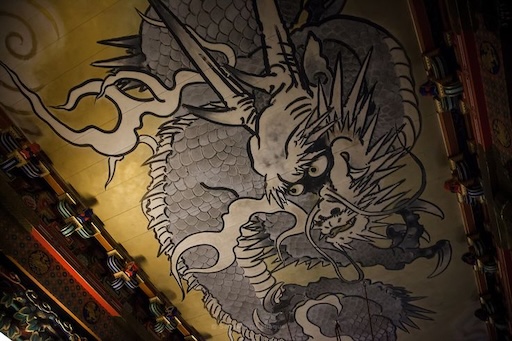
Deep within the forests of Tochigi Prefecture lies a place where myth and mystery echo through sacred halls. At first glance, Nikkō Tōshō-gū looks like any other stunning Shinto-Buddhist shrine—gilded, intricate, layered with centuries of craftsmanship. But step inside the Yakushi-dō Hall, look up, and clap your hands just once. The dragon will respond.
What you’ll hear isn’t thunder or wind—it’s a high, piercing sound that seems to weep from the ceiling. The locals call it the “Naki Ryū” — the Crying Dragon. And this isn’t just an echo. It’s an acoustic illusion rooted in spirituality, science, and ancient legend.
The Dragon Above
Suspended above you in Yakushi-dō is a majestic mural of a dragon, painted across thirty ceiling panels with bold brush strokes and intense golden eyes. The dragon’s head looms large above the center of the room. When a monk or guide claps wooden blocks beneath this very spot, the sound reverberates strangely—just here, and nowhere else.
It’s a phenomenon that defies expectations. One clap creates a single sharp cry. A second clap? A wail that trembles and trails off. Step just one meter to the side and clap again… silence. The crying stops. But why?
The Science Behind the Cry
The phenomenon is caused by a carefully engineered acoustic effect known as a “standing wave”. The rectangular hall’s shape and the dragon’s placement at the acoustic focal point create conditions for a unique resonance. The sound reflects and overlaps with itself, amplifying only at specific frequencies and positions.
While it feels like magic, the Crying Dragon is really the result of meticulous architectural planning combined with a bit of mystery. It’s not unlike whispering galleries found in old European cathedrals—except this one sounds like a mythical creature mourning from above.

The Spiritual Symbolism
In Japanese mythology, dragons aren’t just fire-breathers—they’re celestial beings, water deities, and symbols of divine power. The Crying Dragon at Nikkō isn’t sad in the way we understand emotions. Its “cry” is believed to be a sacred sound, a kind of spiritual echo reminding visitors of impermanence and humility.
The dragon guards the hall dedicated to Yakushi Nyorai, the Buddha of Healing. Some say the sound is a prayer, others say it's a warning. Either way, no one leaves without being affected. There's something chilling and beautiful about it—like being acknowledged by something beyond this world.
Nikkō’s Layers of Wonder
Nikkō Tōshō-gū is already rich with visual overload. It’s the resting place of Tokugawa Ieyasu, the shogun who unified Japan. The grounds are filled with carved dragons, sleepy cats, monkeys covering their ears, eyes, and mouths—and golden gates that shimmer under ancient cedars.
But despite the grandeur, the Crying Dragon remains one of the shrine’s most quietly powerful moments. You don’t need to see it to feel it. You just need to stand still and listen.

How to Visit
- Location: Nikkō, about 2.5 hours from Tokyo by train
- Entrance Fee: Around 1,300 yen (includes shrine and Yakushi-dō)
- Best time to go: Autumn for fiery leaves or winter for snow-dusted serenity
- Pro Tip: Don’t miss the official demonstration! Monks will often perform the clap ritual at set times.
Between Sound and Silence
In a world full of noise, the Crying Dragon offers a different kind of experience—one that makes you stop, listen, and wonder. Whether it’s divine coincidence or human ingenuity doesn’t really matter. What matters is how it makes you feel.
As the echo fades and the room returns to silence, you’re left with something rare: the feeling that you’ve just heard a voice from the heavens. In Nikko, even the dragons have something to say.
Share this story and inspire others.
Tags: Crying Dragon, Nikko Toshogu, Japan hidden wonders, Nikko Shrine, Japanese temple sounds, Ceiling dragon, Chasing Hidden Wonder
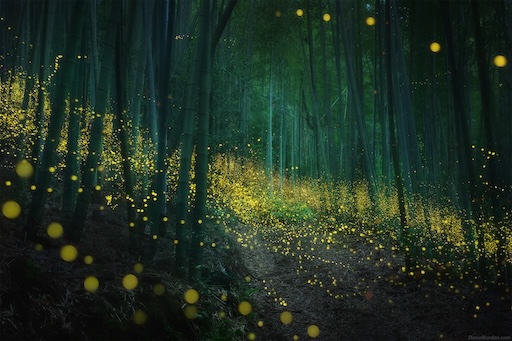 Firefly Phenomenon (Hotaru Season) – Magical Nights in Japan
Firefly Phenomenon (Hotaru Season) – Magical Nights in Japan
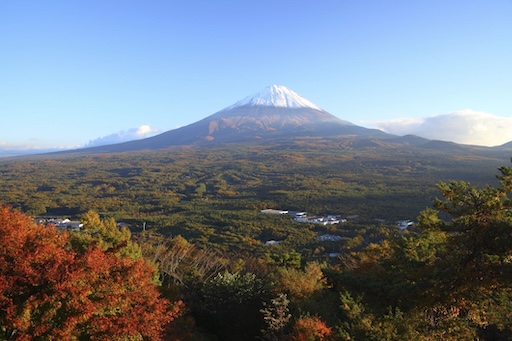 Aokigahara Forest – The Magnetic Silence of Mount Fuji’s Lava Woods
Aokigahara Forest – The Magnetic Silence of Mount Fuji’s Lava Woods
 The Sacred Corn Festivals – When Maize Becomes a God
The Sacred Corn Festivals – When Maize Becomes a God
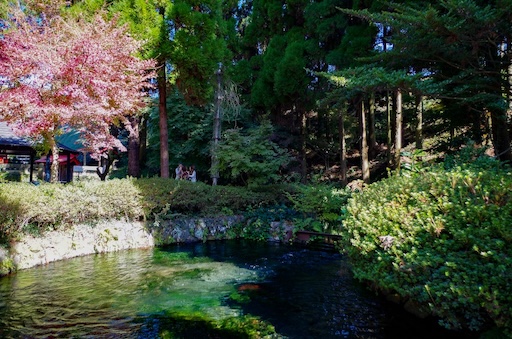 Shirakawa Suigen – Kumamoto
Shirakawa Suigen – Kumamoto
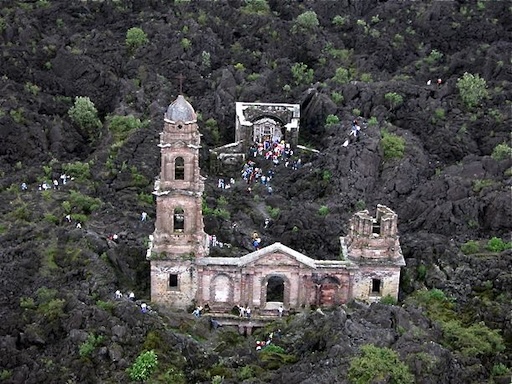 Paricutín Volcano – The Volcano That Was Born in a Cornfield
Paricutín Volcano – The Volcano That Was Born in a Cornfield
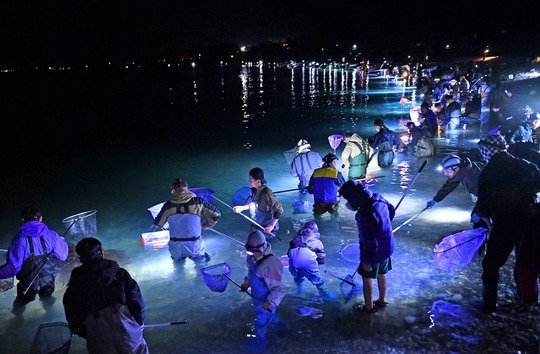 Bioluminescent Firefly Squid (Hotaru Ika) – Toyama Bay
Bioluminescent Firefly Squid (Hotaru Ika) – Toyama Bay